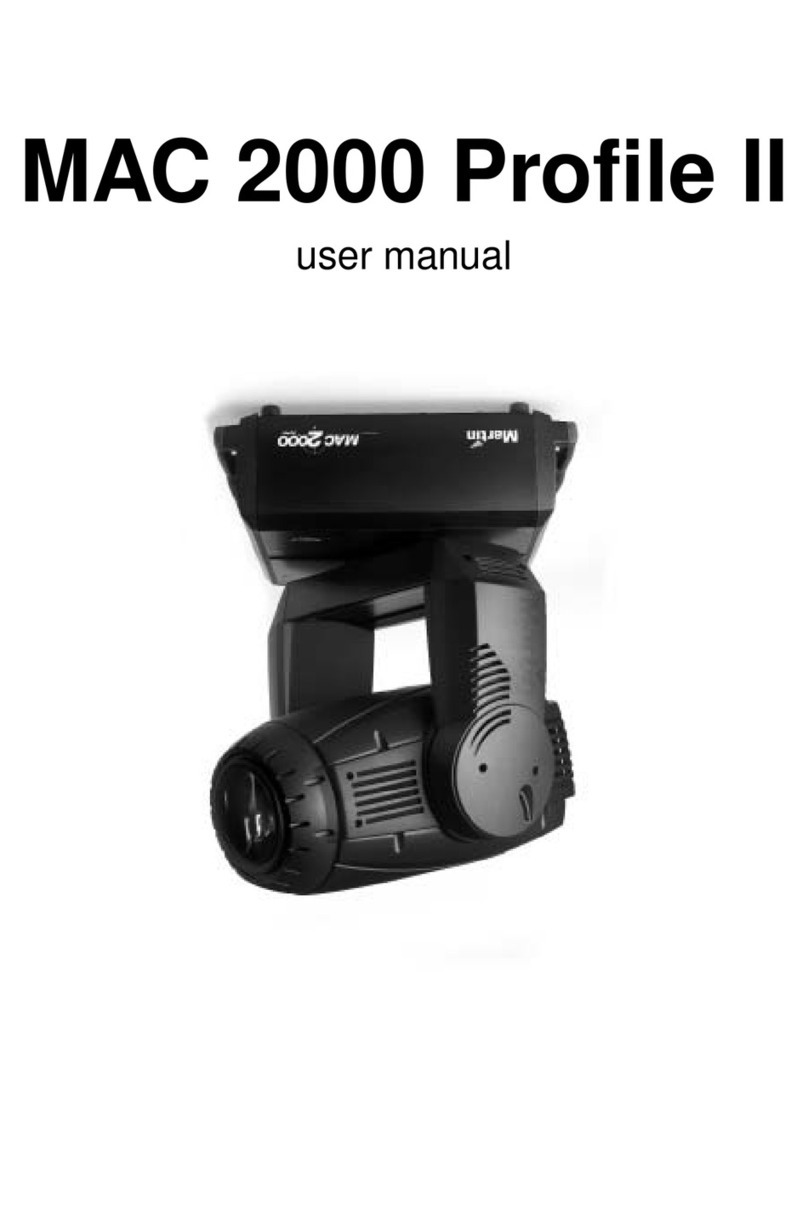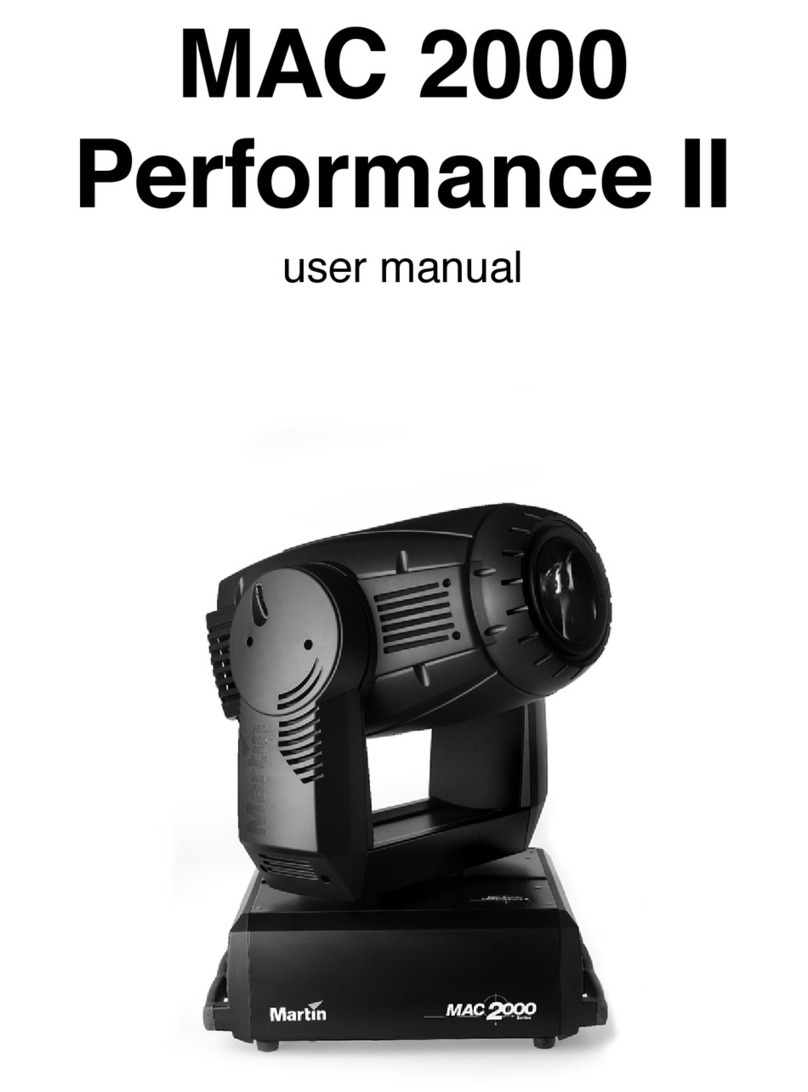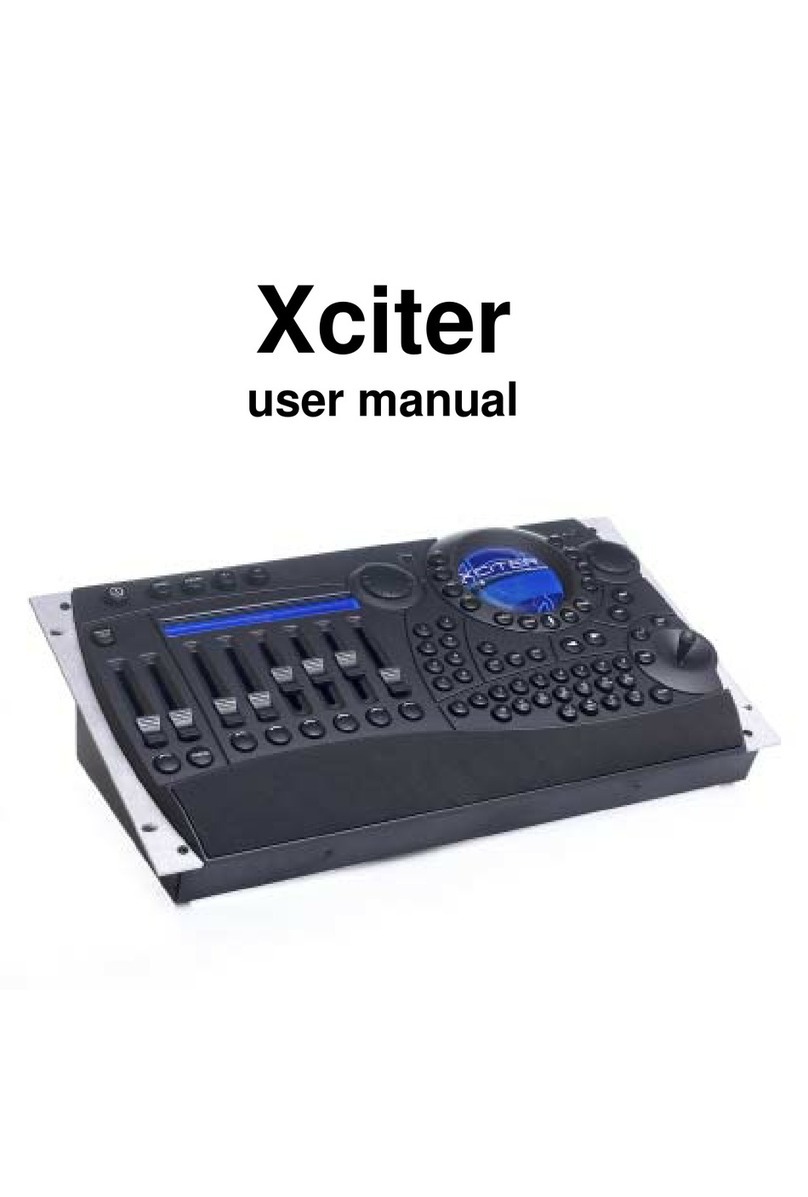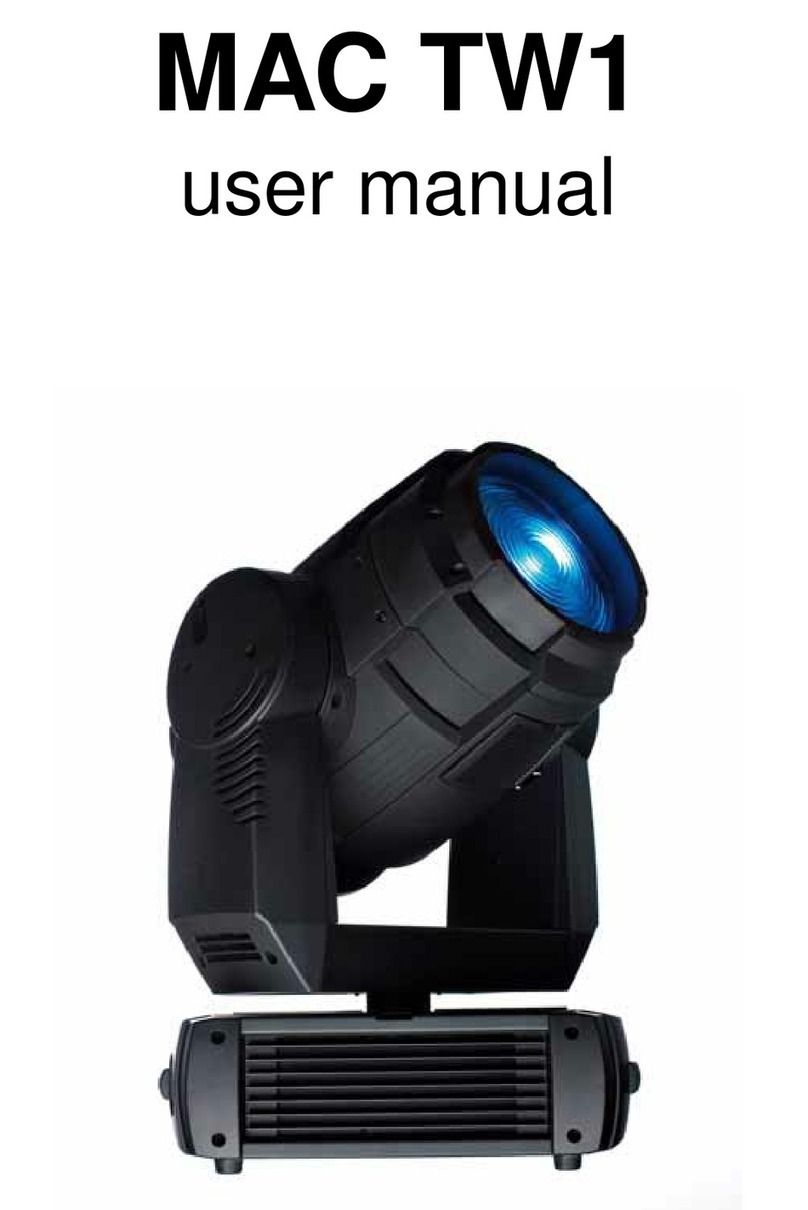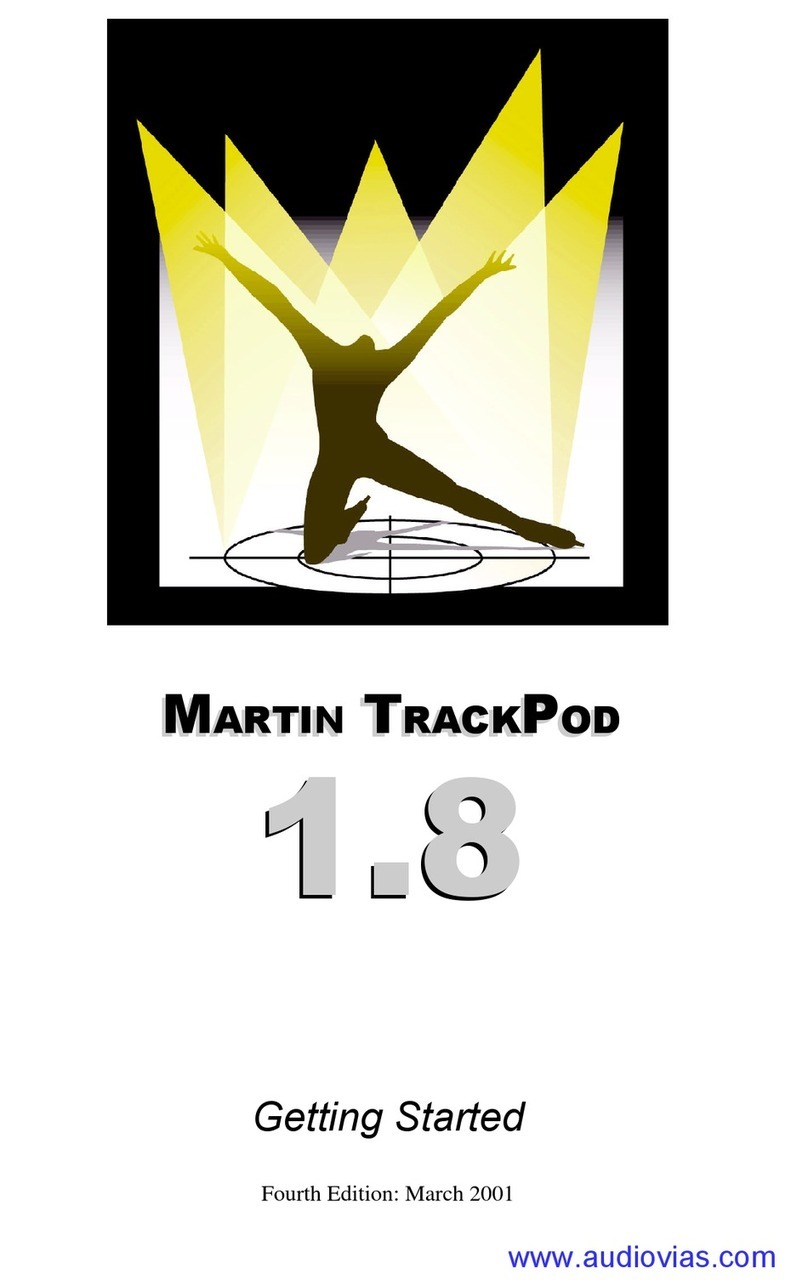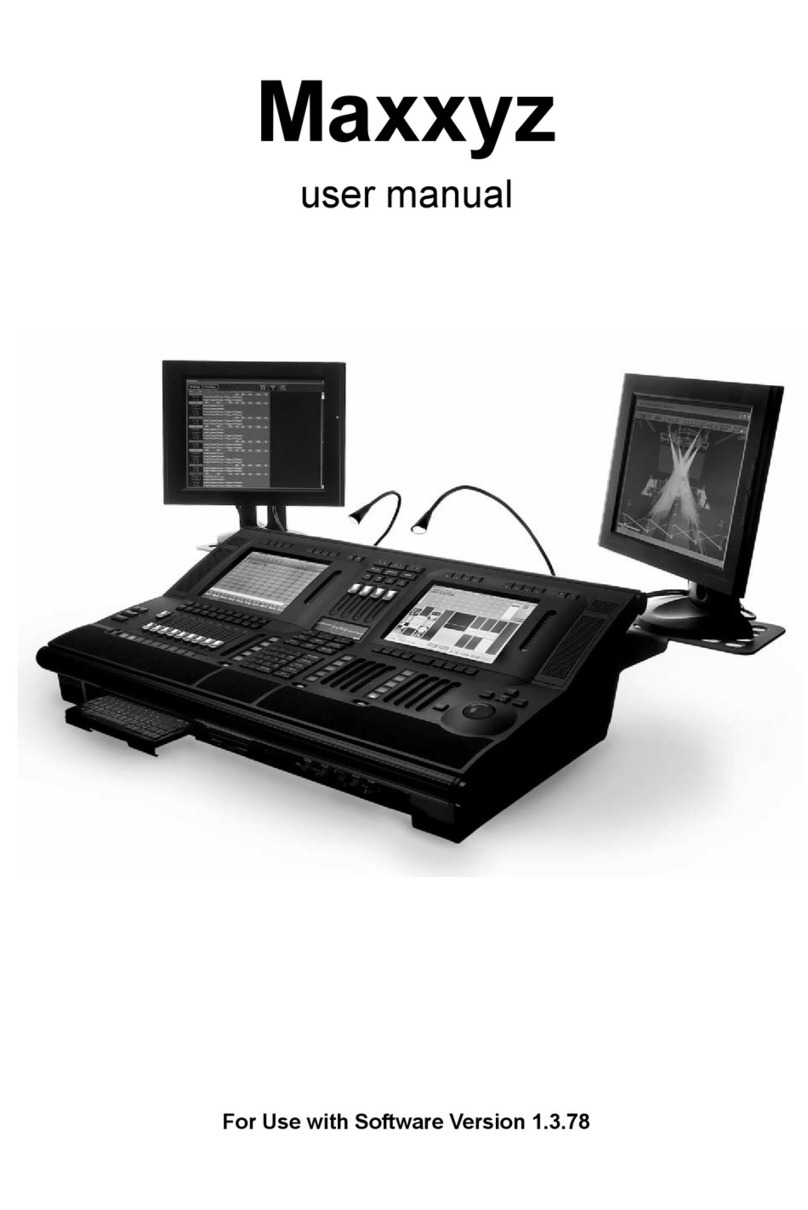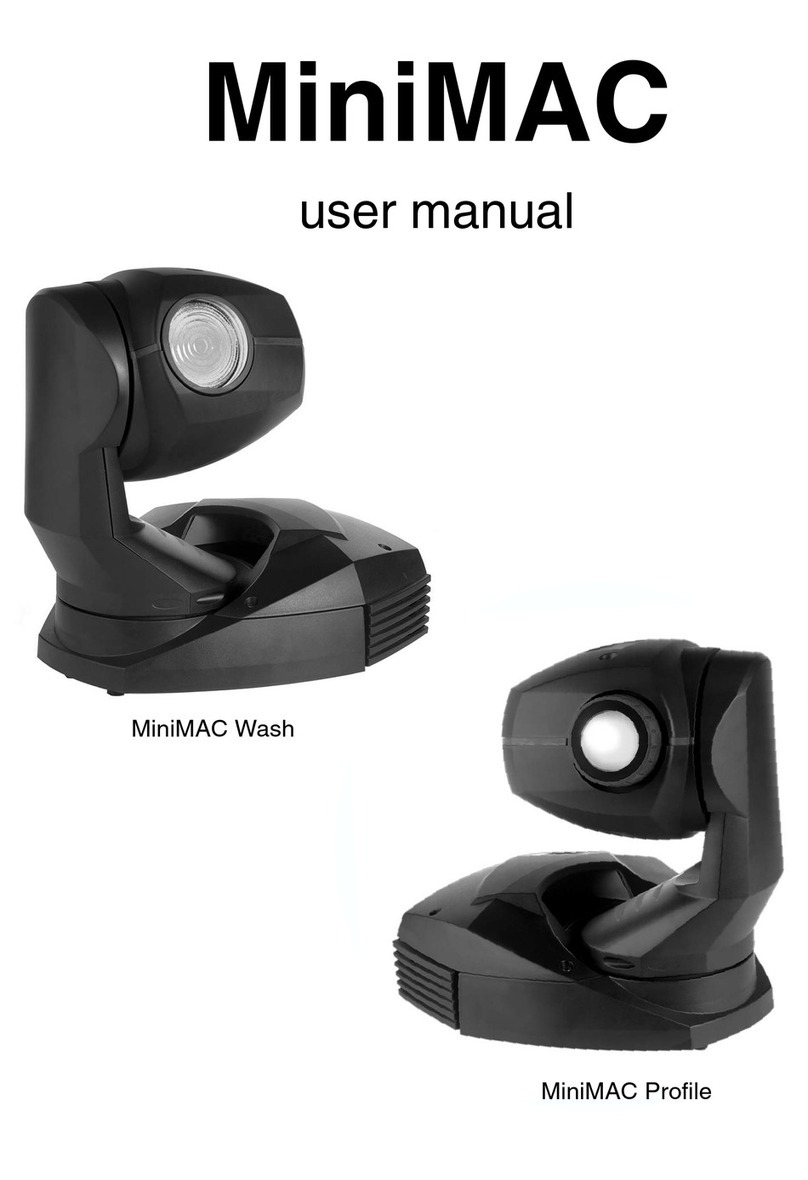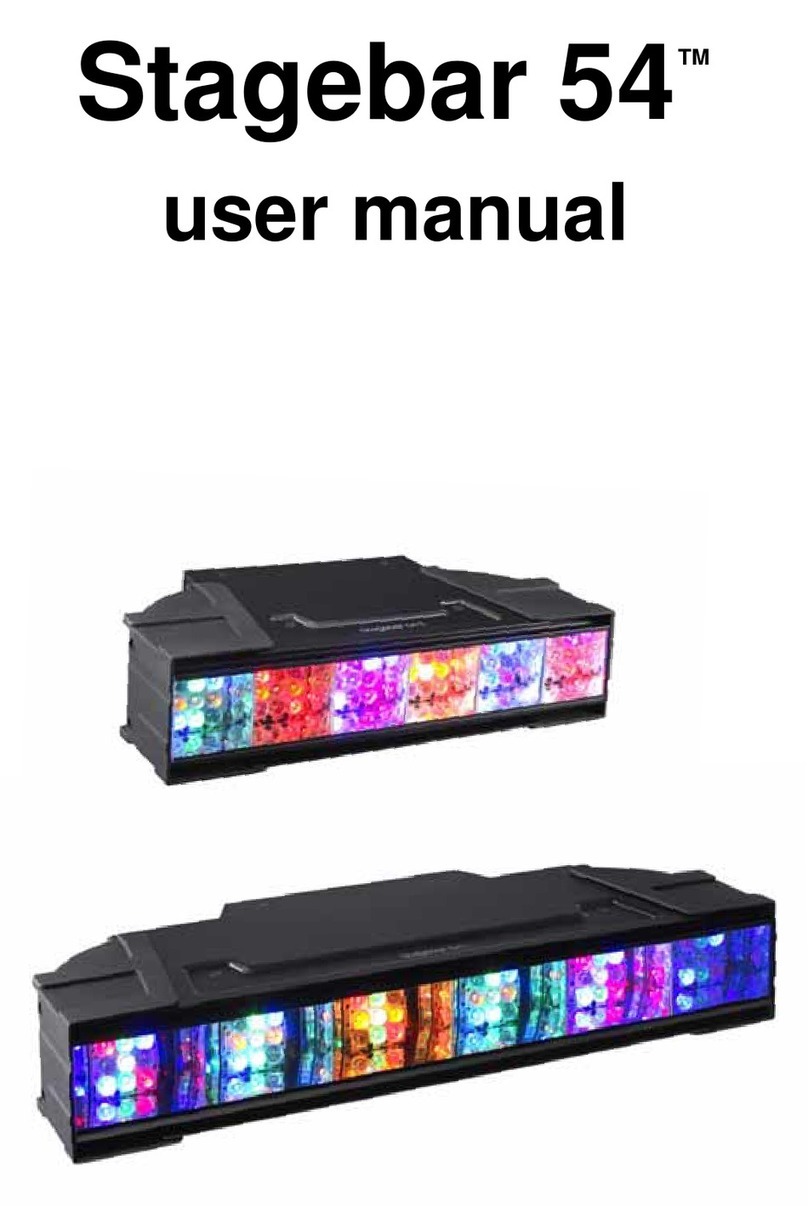
3
table of
CONTENTS
Introduction and Safety 4
Safety precautions...................................................................................................................4
About this manual....................................................................................................................4
Lamp Installation 5
Compatible lamps....................................................................................................................5
Maximum lamp usage..............................................................................................................5
Installing the lamp....................................................................................................................5
Optimizing lamp alignment ......................................................................................................6
AC Power Connection 7
Tapping the power supply........................................................................................................7
Wiring the mains lead..............................................................................................................9
Data Connection 10
Recommended cable.............................................................................................................10
Building the data link..............................................................................................................10
Terminating the link ...............................................................................................................11
Installation 12
Location and orientation ........................................................................................................12
Fastener spacing and type ....................................................................................................12
Adjusting pan and tilt .............................................................................................................12
Address, Settings, and Software 13
About uploaders.....................................................................................................................13
Setting address and mode.....................................................................................................14
Setting personalities ..............................................................................................................15
Programming MC-X scenes...................................................................................................15
Running a test sequence with the MPBB1 ............................................................................18
Calibrating effects with the MPBB1 .......................................................................................18
Manual control.......................................................................................................................18
Installing software..................................................................................................................18
Stand-alone Operation 20
Stand-alone settings..............................................................................................................20
General procedure for changing stand-alone settings...........................................................21
Programming a single fixture.................................................................................................21
Synchronizing stand-alone operation ....................................................................................22
Controller Operation 23
Martin RS-485 control............................................................................................................23
DMX-512 control....................................................................................................................23
Operating the lamp................................................................................................................23
Operating the mechanical effects..........................................................................................24
Cold weather operation..........................................................................................................24
Operating status ....................................................................................................................25
Basic Service and Maintenance 26
Opening and closing the electronics section .........................................................................26
Replacing fuses.....................................................................................................................26
Changing lenses....................................................................................................................26
Maintaining the seal...............................................................................................................27
Cleaning the housing.............................................................................................................27
Changing the mains lead.......................................................................................................27
DMX Protocol 28
Troubleshooting 29
Specifications 30
